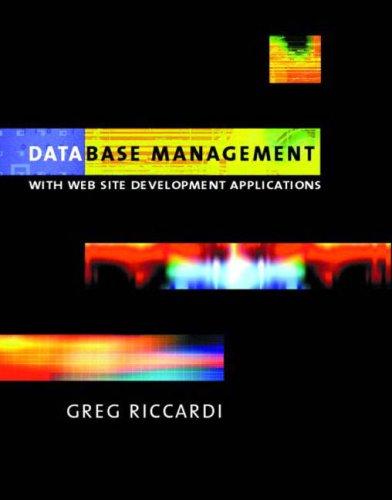Question
******************sequence4.h******************** // CONSTRUCTOR for the sequence class: // sequence( ) // Postcondition: The sequence has been initialized as an empty sequence. // // MODIFICATION MEMBER

******************sequence4.h********************
// CONSTRUCTOR for the sequence class:
// sequence( )
// Postcondition: The sequence has been initialized as an empty sequence.
//
// MODIFICATION MEMBER FUNCTIONS for the sequence class:
// void start( )
// Postcondition: The first item on the sequence becomes the current item
// (but if the sequence is empty, then there is no current item).
//
// void advance( )
// Precondition: is_item returns true.
// Postcondition: If the current item was already the last item in the
// sequence, then there is no longer any current item. Otherwise, the new
// current item is the item immediately after the original current item.
//
// void insert(const value_type& entry)
// Postcondition: A new copy of entry has been inserted in the sequence
// before the current item. If there was no current item, then the new entry
// has been inserted at the front of the sequence. In either case, the newly
// inserted item is now the current item of the sequence.
//
// void attach(const value_type& entry)
// Postcondition: A new copy of entry has been inserted in the sequence after
// the current item. If there was no current item, then the new entry has
// been attached to the end of the sequence. In either case, the newly
// inserted item is now the current item of the sequence.
//
// void remove_current( )
// Precondition: is_item returns true.
// Postcondition: The current item has been removed from the sequence, and the
// item after this (if there is one) is now the new current item.
//
// CONSTANT MEMBER FUNCTIONS for the sequence class:
// size_type size( ) const
// Postcondition: The return value is the number of items in the sequence.
//
// bool is_item( ) const
// Postcondition: A true return value indicates that there is a valid
// "current" item that may be retrieved by activating the current
// member function (listed below). A false return value indicates that
// there is no valid current item.
//
// value_type current( ) const
// Precondition: is_item( ) returns true.
// Postcondition: The item returned is the current item in the sequence.
//
// VALUE SEMANTICS for the sequence class:
// Assignments and the copy constructor may be used with sequence objects.
#ifndef _STACK_SEQUENCE_H_
#define _STACK_SEQUENCE_H_
#include
#include
namespace stack_sequence_4{
template typename T>
class sequence{
public:
// TYPEDEFS and MEMBER CONSTANTS
typedef std::size_t size_type;
// CONSTRUCTOR
sequence( );
// MODIFICATION MEMBER FUNCTIONS
void start( );
void advance( );
void insert(const T& entry);
void attach(const T& entry);
void remove_current( );
// CONSTANT MEMBER FUNCTIONS
size_type size( ) const {return first.size()+second.size();}
bool is_item( ) const;
T current( ) const;
private:
std::stack
std::stack
};
}
#include "sequence4.template"
#endif
*******************sequence4.template*********************(Need to implement this template file)
#include
namespace stack_sequence_4 { //Implement all the functions here }
--------Please implement the member functions from the header file using stack in the template file .
thank you
The goal of this assignment is to reinforce using stacks in C++ programs. Specifically, the assignment is to do The following problem. Use the STL stack class, sequence4.h, and sequence_exam4.cpp for this assignment. Here's a new idea for implementing the sequence class. Instead of the items being stored on a linked list, they will be stored using two stacks as private member variables with the following: 1. Imagine the two stacks glued together with their tops right next to each other. 2. The bottom of the first stack is the beginning of the sequence. 3. The elements of the sequence continue up to the top of the first stack 4. The next element of the sequence is then the top of the second stack. 5. And the elements of the sequence then continue down to the bottom of the second sequence (which is the end of the sequence) 6. If there is a current element, then that element is at the top of the second stackStep by Step Solution
There are 3 Steps involved in it
Step: 1

Get Instant Access to Expert-Tailored Solutions
See step-by-step solutions with expert insights and AI powered tools for academic success
Step: 2

Step: 3

Ace Your Homework with AI
Get the answers you need in no time with our AI-driven, step-by-step assistance
Get Started


